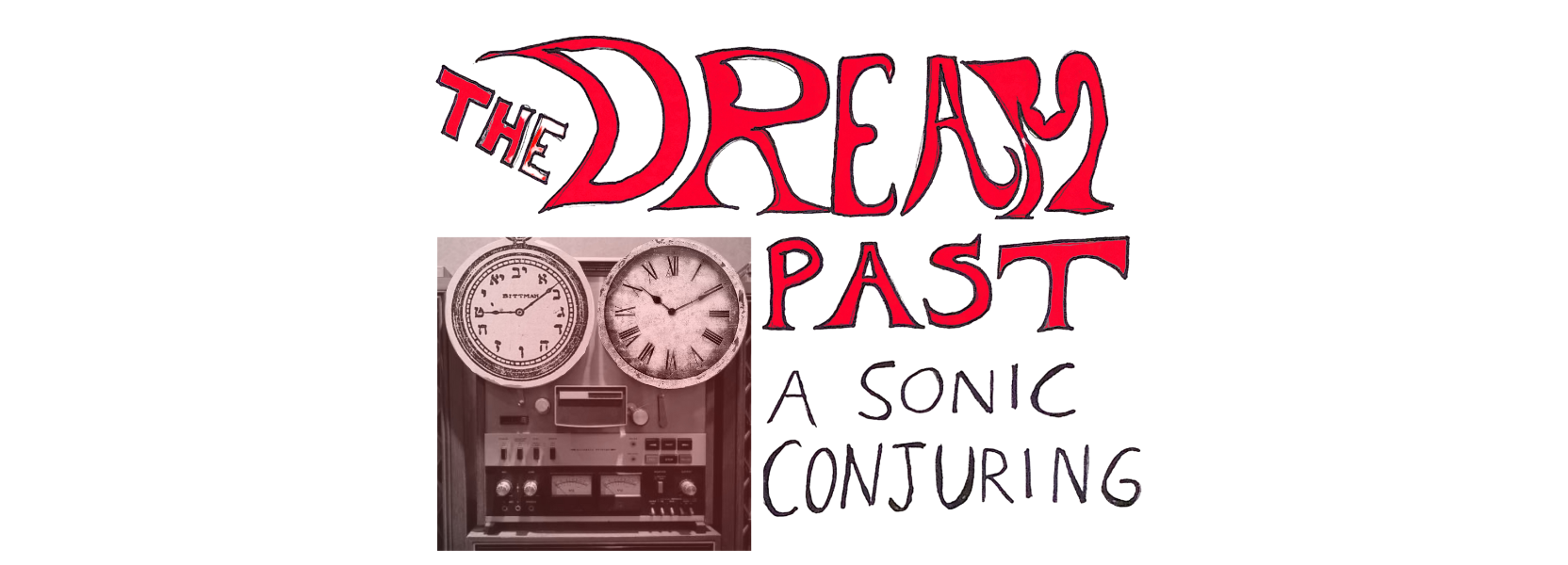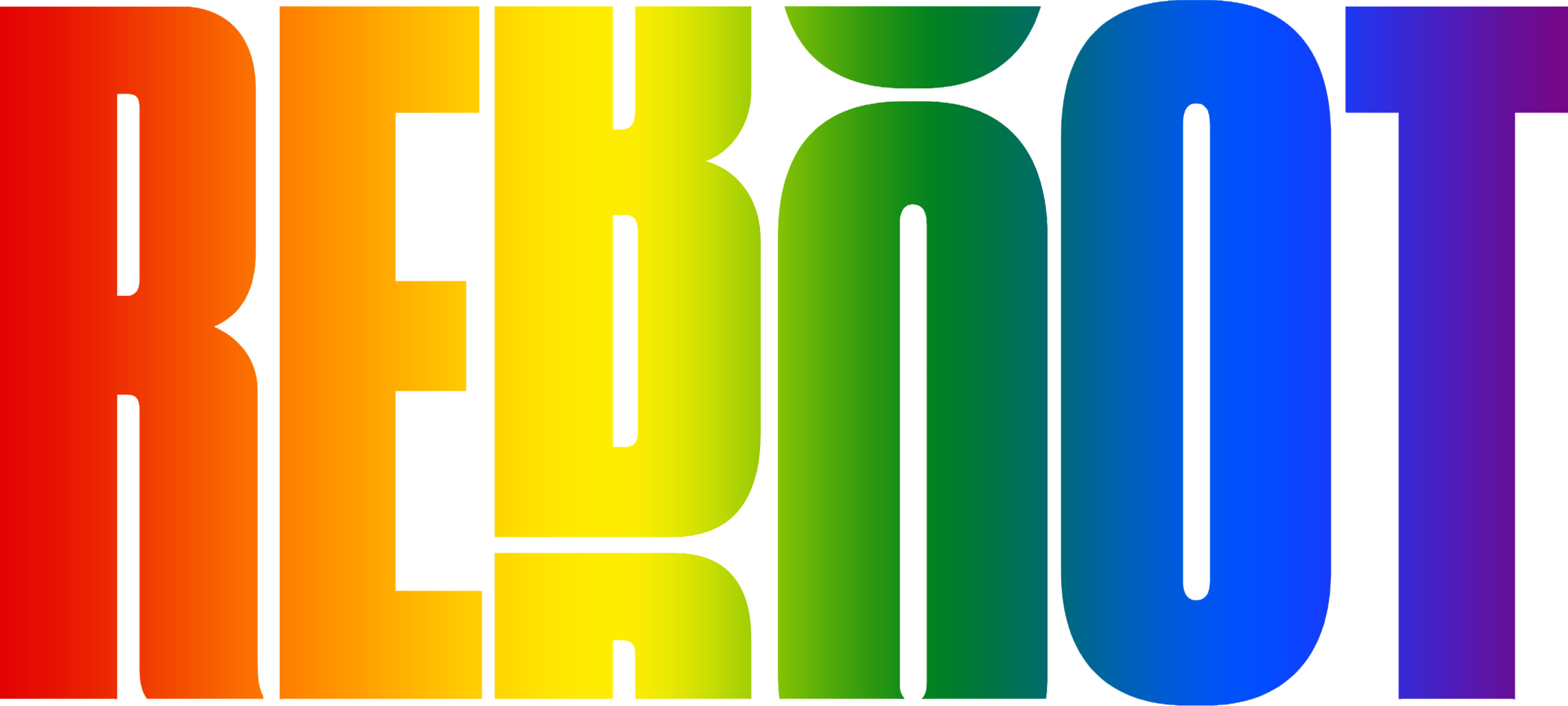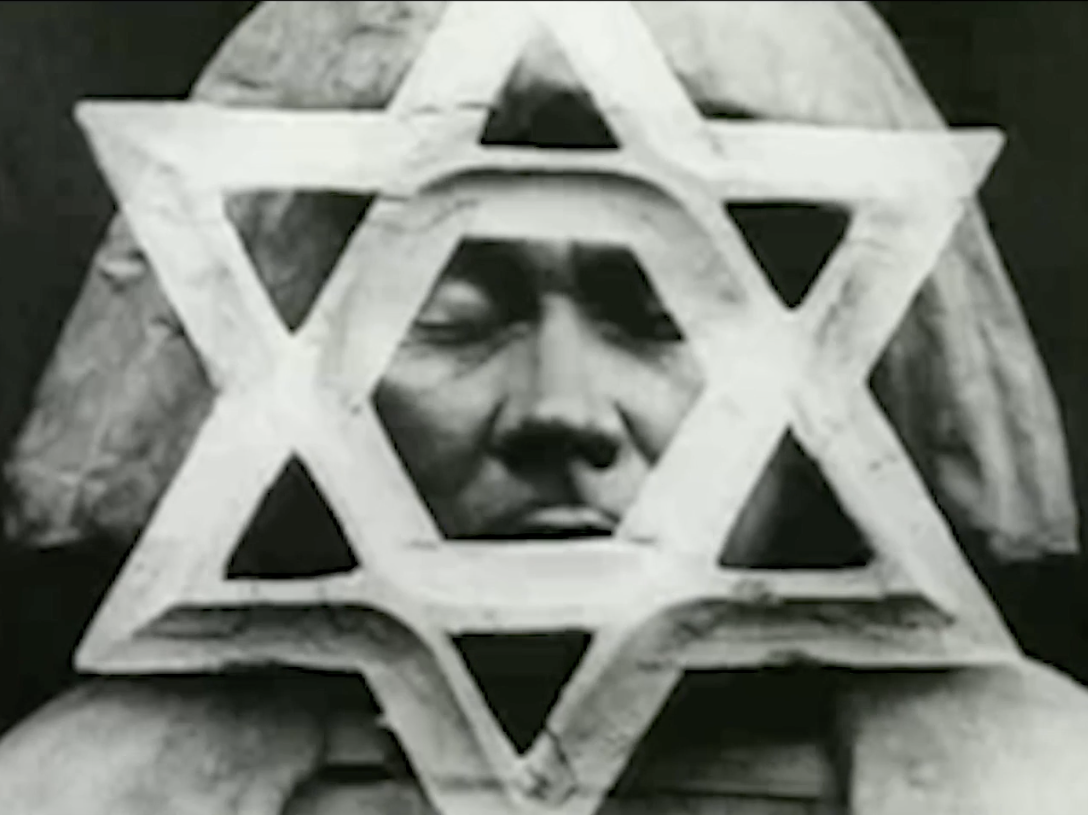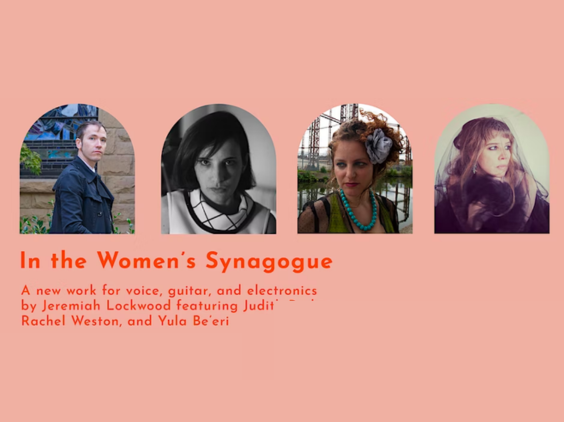Ghosts, Electronic Media, and Jewish Voices

I have a special fondness for ghosts and have been talking about how to bring the presence of the spectral into the experiences of music, ritual and life for many years now. But actual ghost visitations are tantalizingly few, even for those of us who spend a lot of time listening for unseen presences.
A few years ago, a certain variety of ghost began to show up online: the sound of the prayers of the dead, uploaded to YouTube and other streaming media sites. The first time I became aware of this supernatural phenomenon was in 2010 when an anonymous YouTube handle posted a recording of my grandfather, Cantor Jacob Konigsberg, leading a Shabbos morning service at his synagogue in the Bronx around the year 1969. Presumably, everyone on the recording was no longer in this world, and yet the buzzing voices of a community at prayer had come to life online, via this recording that had been made surreptitiously by someone with a concealed tape recorder. My grandfather’s artistic presence as a prayer leader was an incredible thrill for me. I was well aware of his body of commercial recordings and had spent my formative years singing with him in the home, but this recording documenting his prayer-leading at the height of his powers before I was born was something altogether new. There he was, masterfully improvising a solo vocal music performance, intertwined with the rattling noises and surges of a deeply-involved congregation davening along with him. The recording is testimony to a sacred Jewish music tradition that existed in the recent past.
In the decade or so since my discovery of this artifact, my career as an academic has focused on the scene of cantorial revivalists in the Hasidic community. In the underground music community of Hasidic cantorial revivalists, cantorial bootlegs have been traded among cognoscenti for years and I’ve crossed paths with the Brooklyn Hasidic man who posted my grandfather’s recording online. Although he is no ghost, this collector prefers to remain anonymous, not wishing to draw attention to his discourse with the dead and his traffic in the underground economy of secretly recorded cantorial “live davenings.”
For me and for other cantorial revivalists, the newly emerging body of bootleg recordings of cantorial prayer leading that has become available online is a sacred reliquary. These records offer access to a style of sacred vocal music performance that has almost entirely disappeared from the contemporary synagogue: a style of concert-like sacred music prayer-leading for the sabbath and holidays, characterized by long-form improvisation and a meditative, nuanced and sophisticated approach to Jewish vocal music.
For my latest project with The Sway Machinery, my long running rock band that takes inspiration from the cantorial tradition, I turn to the live davening cantorial archive. In this project I draw on bootlegs of legendary artists including Pierre Pinchik, Moshe Ganchoff, and Perele Feig, one of the khazentes, a cohort of women cantors who were active in the early to mid-20th century. A bootleg recording of my grandfather leading a Selichos service in the 1960s plays a particularly important role in my new piece. I am excited to let the world hear what I’ve found, and the transformations these sonic apparitions have made in my music. The new set of songs, titled The Dream Past, will premiere on September 21 in Brooklyn and will be featured on the Sway Machinery’s YouTube Channel after the show. Get tickets and find out more information here. Get a taste of the music here and listen below!




